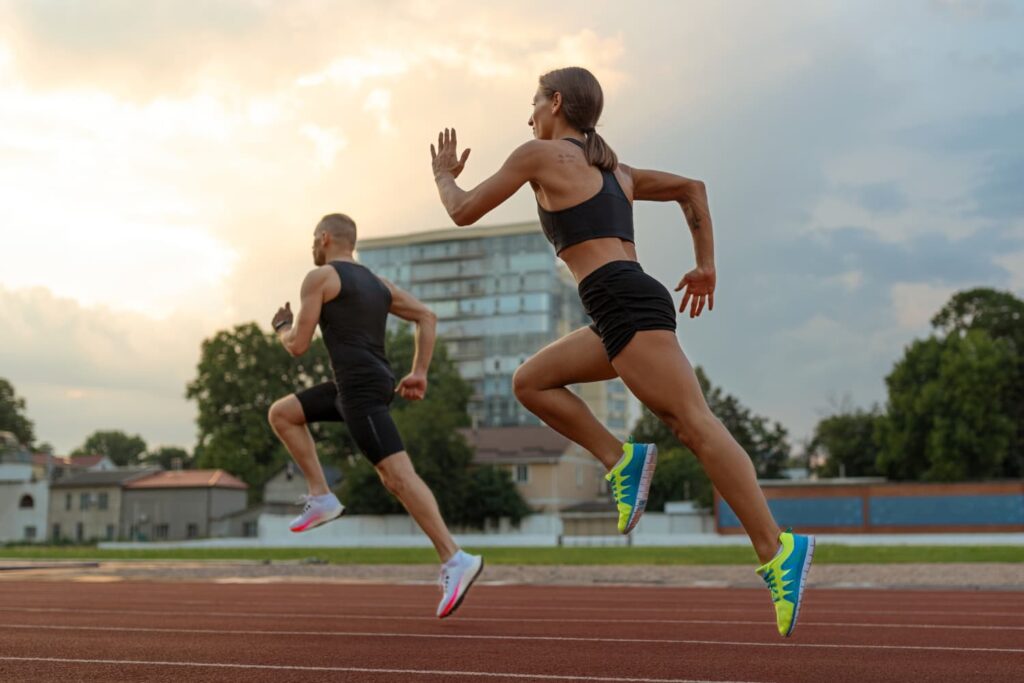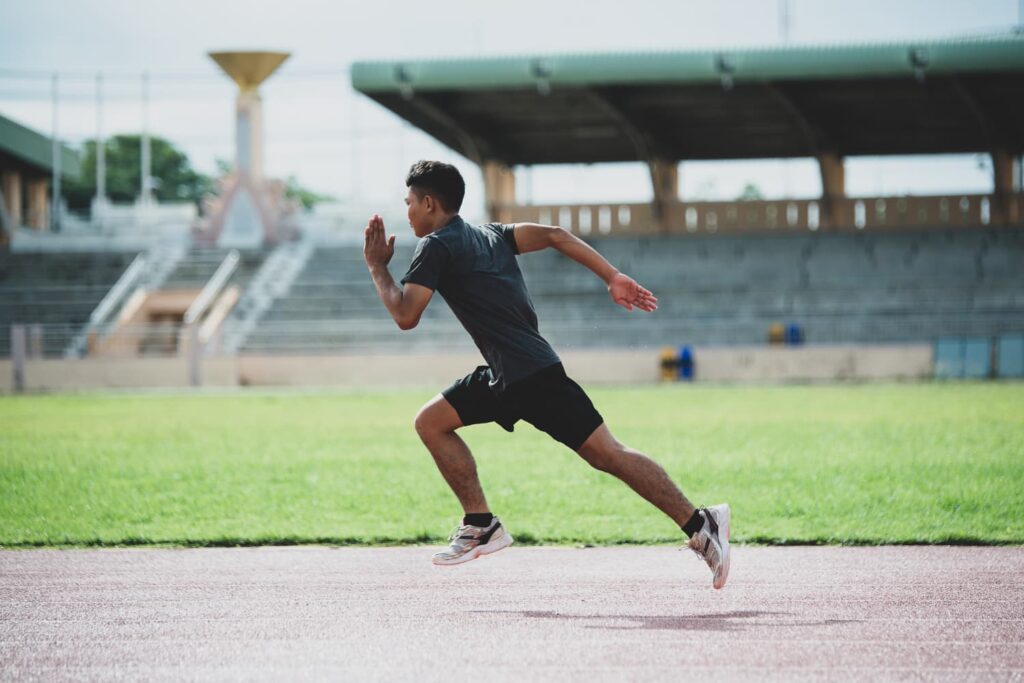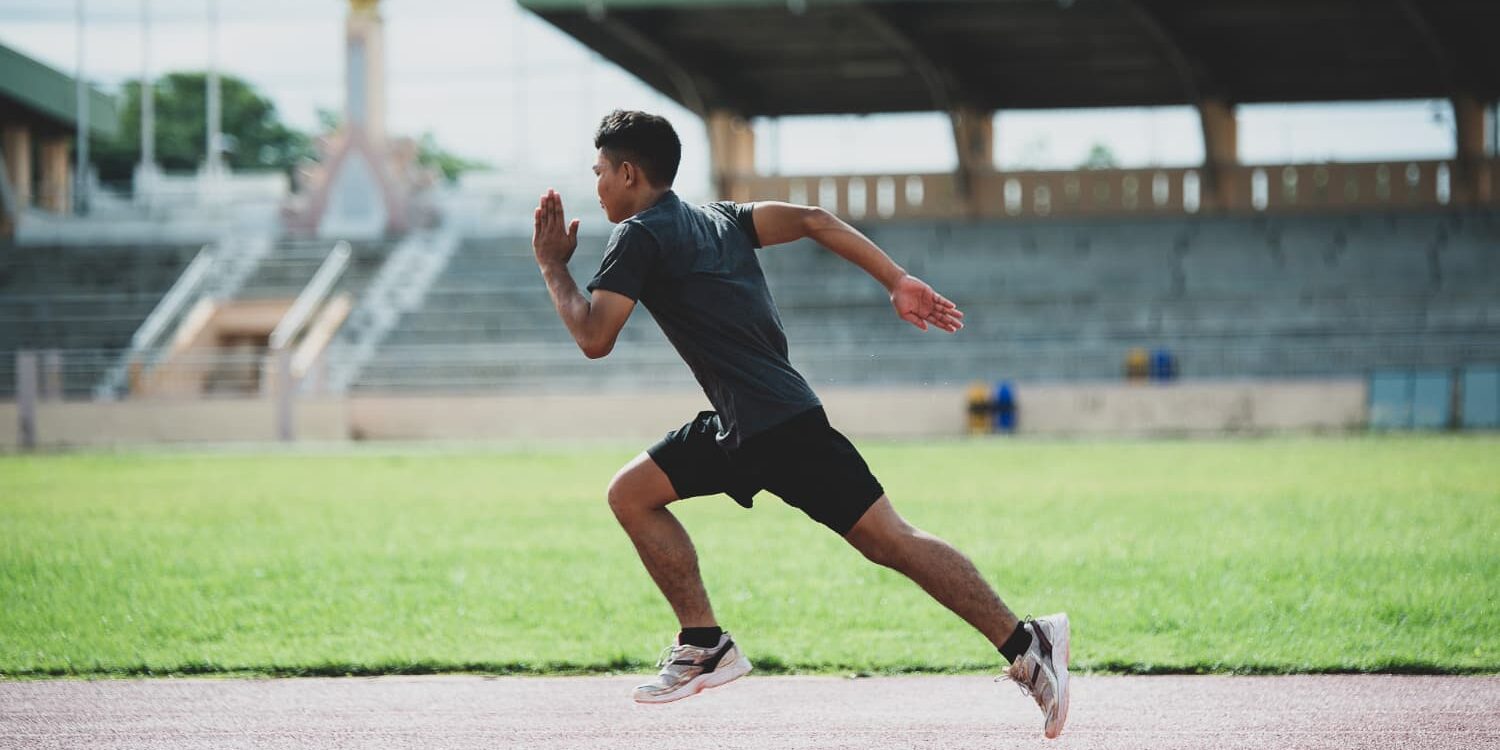Sports rehabilitation, also known as sports rehab physical therapy, is crucial for any professional athlete to help them recover from injuries the right way. Through sports rehabilitation, athletes can boost their performance and come back stronger than ever before.
With that being said, several of our athletes have gained fame from undergoing our sports rehabilitation treatments. For instance, during the Wimbledon final on 14th July 2024, Spanish player Carlos Alcaraz managed to gain the winning title. His remarkable coach, Juan Carlos Ferrero, is the director of the Juan Carlos Tennis Academy as well as a member of the Indiba Hall of Fame.
Besides that, during the recent Euro 2024 championship, Spain took home the winning title as well. Some of the players who are part of the winning team, are also part of FC Barcelona, who are also part of our Hall of Fame.
Let’s explore the benefits of sports rehabilitation as well as why it’s important for athletes:

Importance & Benefits of Sport Rehabilitation for Athletes
Sports rehabilitation is undoubtedly important for all competitive athletes of any level. Besides aiding recovery, it offers numerous benefits such as improving overall performance and reducing the risk of injuries. Other than that, sports rehabilitation also offers psychological support by providing mental support for recovery.

Stages of Sport Rehabilitation
1. Injury Assessment and Diagnosis
First stage of rehabilitation, the athlete will go through a detailed diagnosis and assessment of the injury. This step helps to gain a better understanding of how it happened as well as the potential impact and severity of the injury. That way, a thorough plan can be carried out.
2. Initial Treatment and Pain Management
The next step would be a treatment that helps to reduce the pain or inflammation. Some of the common treatments include elevation, ice therapy or medication. Besides that, one of the treatments available would be INDIBA therapy as it helps to stimulate the athlete’s tissues which can be combined with other techniques or manual therapy as well.
INDIBA treatments can increase the athlete’s blood flow and tissue temperature to make it last much longer, even after the treatment is over. It’s important to reduce the pain or inflammation in order to proceed with the entire process of athletic rehabilitation.
3. Restoring Mobility and Flexibility
In this stage of sport rehabilitation, once the athlete isn’t experiencing any pain or inflammation, the treatment can move towards treating the athlete’s mobility and flexibility. This includes several joint or stretching exercises and techniques.
4. Strengthening and Conditioning Exercises
Once the athlete manages to regain their range of motion, it’s time to focus on strengthening the muscles involved with the injured area. This step is crucial in athletic rehabilitation as it helps to further protect the athlete’s injured body part while conditioning, on the other hand, rebuilds endurance, strength and overall condition.
5. Sport-specific Training
Once the fundamental stages of rehabilitation are complete, the next step involves specific training for the athlete’s main sport. Depending on the sport, these exercises involve movements that are aligned with the sport so that they can perform better in that specific sport.
6. Psychological Support and Motivation
Athletes require psychological support just as much as physical support. Psychological support is a vital component during the rehabilitation process. This includes therapy or mental health activities that’ll help the athletes to have a better, healthy mindset throughout the entire recovery process.
7. Preventing Re-injury
Preventing re-injury is a critical goal in athletic rehabilitation. The worst thing that can happen to injured athletes is when they re-injure themselves again. We want to try to avoid that from happening as much as possible. Hence, proper education is needed for the athletes to be more aware while performing the sport through various precautions.
8. Monitoring Progress and Adjusting Treatment
The final stage, it’s crucial to monitor the athlete’s recovery process to ensure that everything is on track. Some of the examples include having frequent assessments to adjust the treatment plan accordingly whenever necessary ensuring the rehabilitation process remains on track and effective.
Conclusion
To conclude, sports rehabilitation is important for athletes as it provides many benefits in the long run. It’ll help them to improve as an athlete as a whole as well through a more holistic recovery process. Athletes get to also be better prepared for any potential hurdles or injuries along the way.






